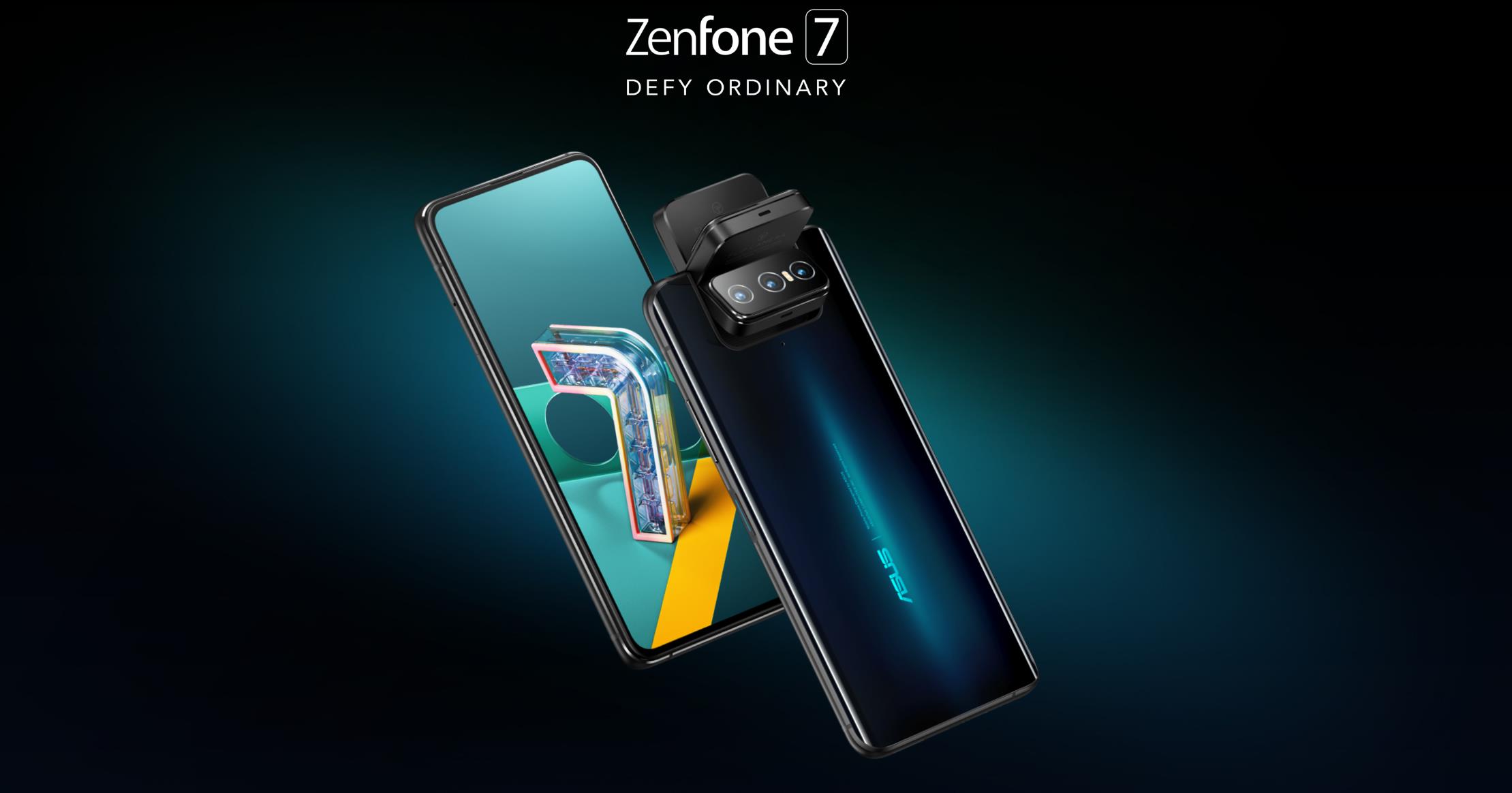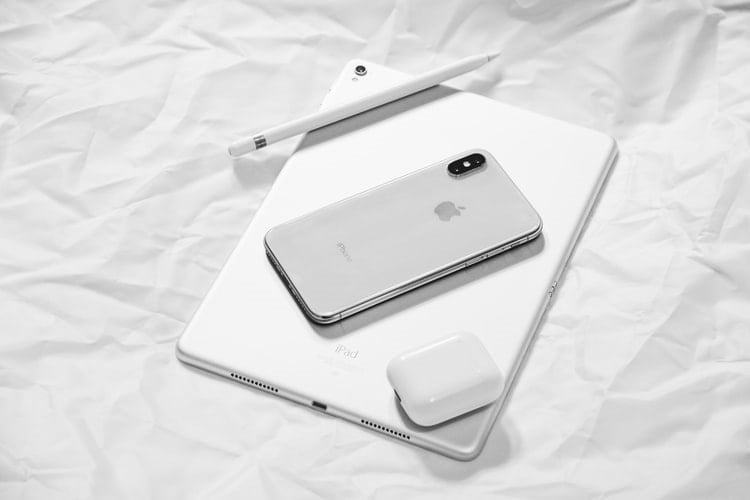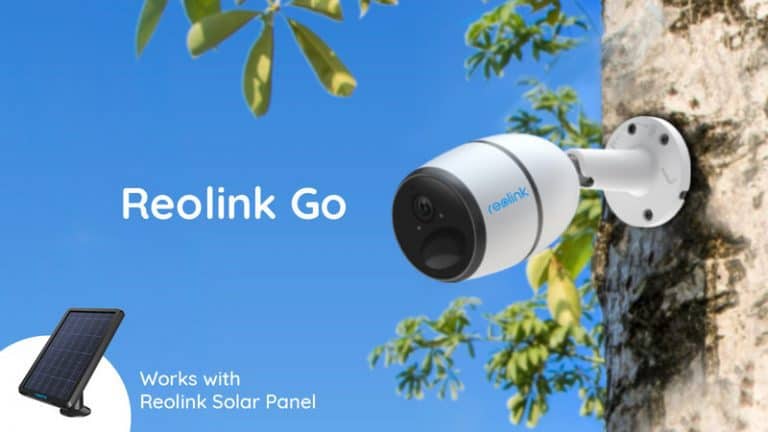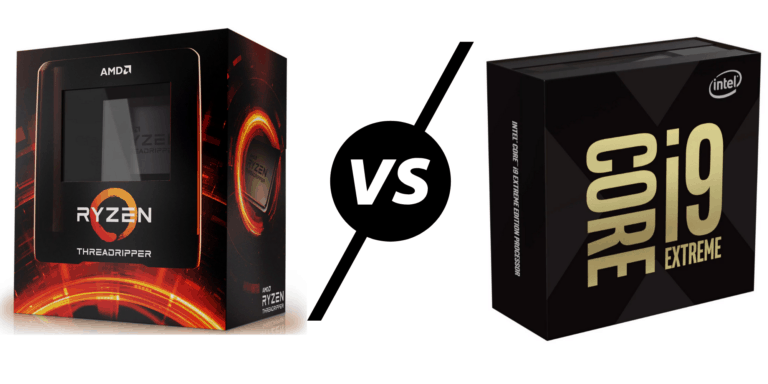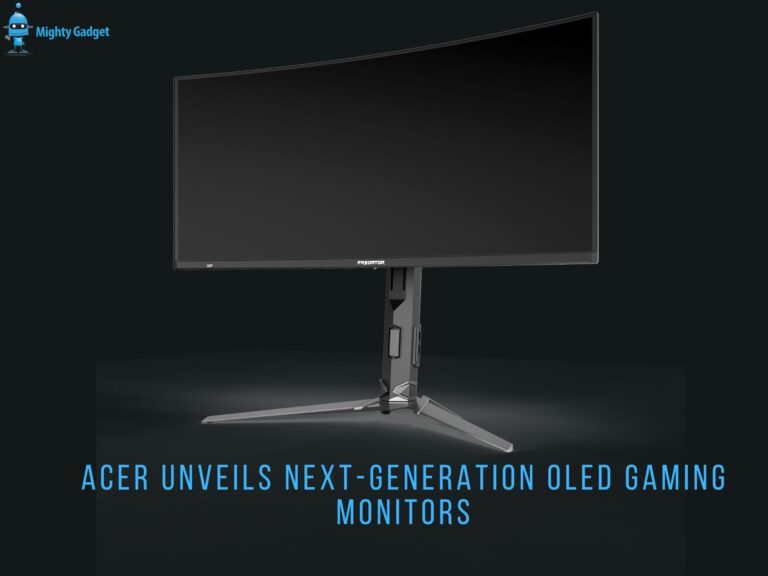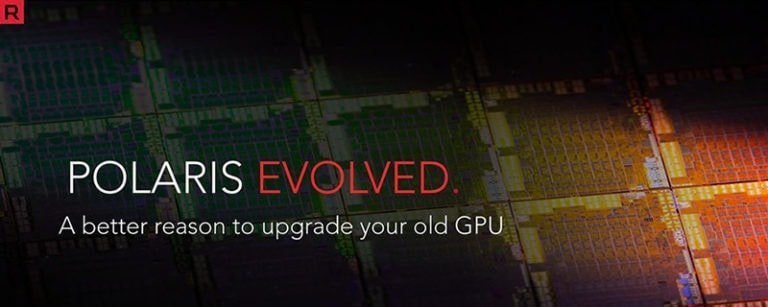Any links to online stores should be assumed to be affiliates. The company or PR agency provides all or most review samples. They have no control over my content, and I provide my honest opinion.
The Asus Zenfone 6 was one of the most innovative phones of last year while at the same time offering incredible value for money and a superb software experience. Sadly it was never marketed that well in the UK, so didn’t gain the traction it should have.
Asus has thankfully stuck with their flip camera concept with the launch of the Asus Zenfone 7 & 7 Pro.
Asus Zenfone 7 & 7 Pro Chipset / RAM and Storage

Normally brands offer different specs with the camera and overall build when there is a Pro and Standard model. Asus, on the other hand, have used two different chipsets, the older Snapdragon 865 and the brand new SD865+.
Then the Pro model comes with 8GB of RAM and 256GB of storage while the standard model has 6GB and 128GB.
Both phones can be upgraded via microSD.
Not much else is different with the phones (the Pro has optical image stabilization)
For me, this is one of the times where I would opt for the none pro over Pro mode. There is decent cash saving to be had with the none-pro, and the Snapdragon 865 has enough performance for everything I do with plenty to spare.
Camera
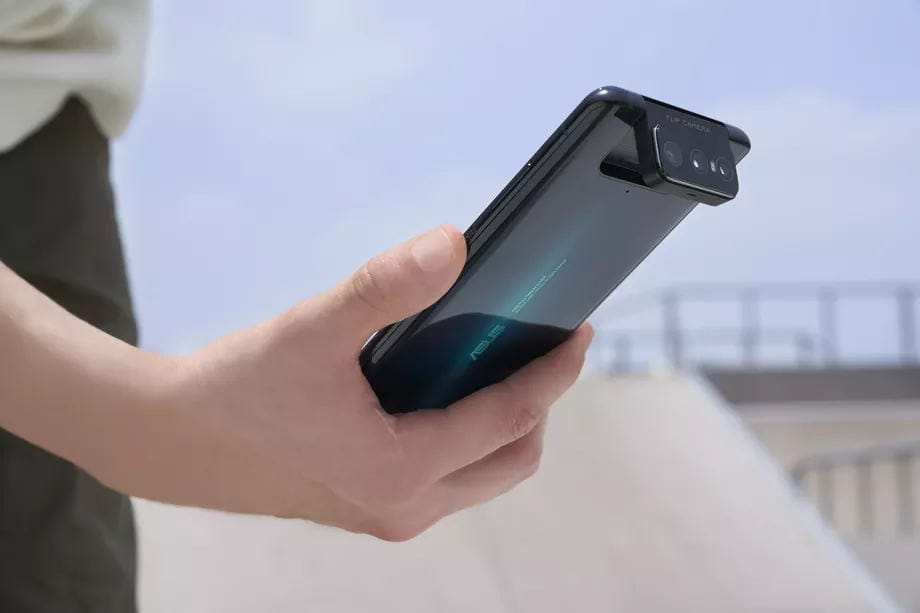
Asus has kept the flip over camera giving them an advantage over most other brands; you don’t get your screen interrupted by an ugly punch hole, and you then get three high specced lens that can be used for a selfie. On the downside, you lose face unlock.
The primary camera is a 64MP Sony IMX686 sensor, this is then paired with a 12MP ultra wide-angle IMX363 sensor and then a 8MP telephoto lens. It is not the best overall spec in the world but it competes with most flagship phones that are priced similarly.
One the Pro model has optical image stabilization
Display
You get a 6.67-inch AMOLED display running at 90hz with 200Hz touch sampling rate and a resolution of 1080p+ (20:9) with 1000nits peak brightness, this is then protected by Gorilla Glass 6.
Battery
Both phones have a massive 5,000 mAh battery which is one of the largest capacities in a flagship phone. The charging has been upgraded from the 18W of the Zenfon 6, but still below many competing brands, you now get 30W.
Price and Availability
The Asus Zenfone 7 and 7 Pro will be released globally on September 1. The vanilla model costs NT$21,990 in Taiwan with 8 GB of RAM and 128 GB storage, which is about £570. The Pro is NT$27,990 (£725) for an 8/256 GB unit. Global pricing will be confirmed later next week, and you can expect the UK pricing to be higher than the Taiwanese due to VAT/import logistics. This will likely mean it costs quite a bit more than the launch price of the Zenfone 6; however, the OLED display and triple camera mean it will easily compete with other similarly priced phones.
I am James, a UK-based tech enthusiast and the Editor and Owner of Mighty Gadget, which I’ve proudly run since 2007. Passionate about all things technology, my expertise spans from computers and networking to mobile, wearables, and smart home devices.
As a fitness fanatic who loves running and cycling, I also have a keen interest in fitness-related technology, and I take every opportunity to cover this niche on my blog. My diverse interests allow me to bring a unique perspective to tech blogging, merging lifestyle, fitness, and the latest tech trends.
In my academic pursuits, I earned a BSc in Information Systems Design from UCLAN, before advancing my learning with a Master’s Degree in Computing. This advanced study also included Cisco CCNA accreditation, further demonstrating my commitment to understanding and staying ahead of the technology curve.
I’m proud to share that Vuelio has consistently ranked Mighty Gadget as one of the top technology blogs in the UK. With my dedication to technology and drive to share my insights, I aim to continue providing my readers with engaging and informative content.

